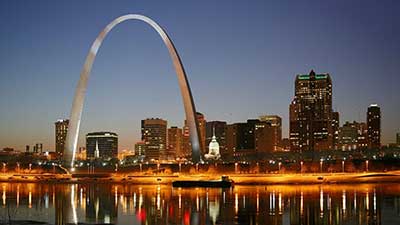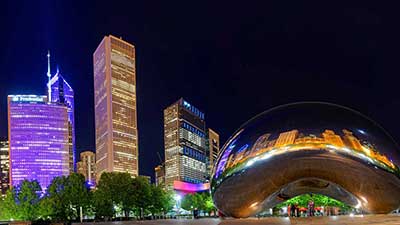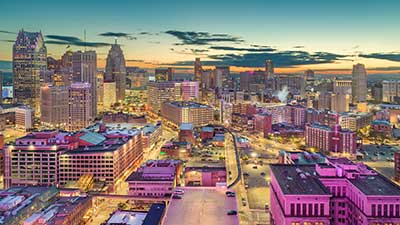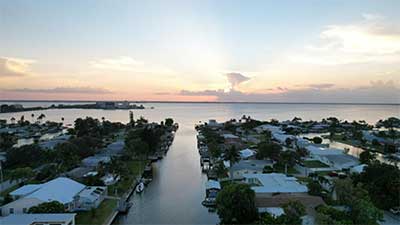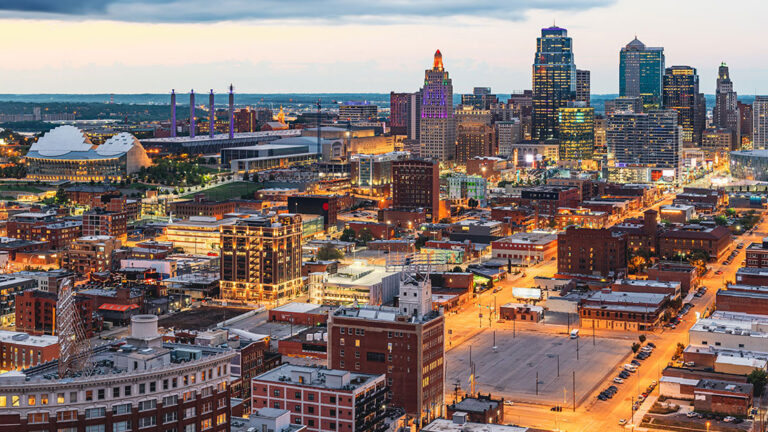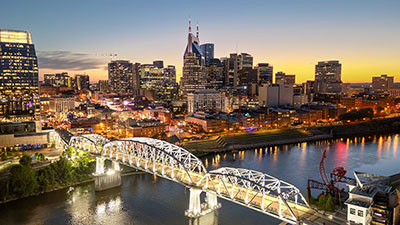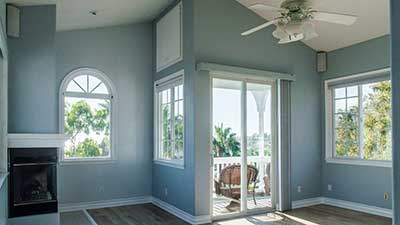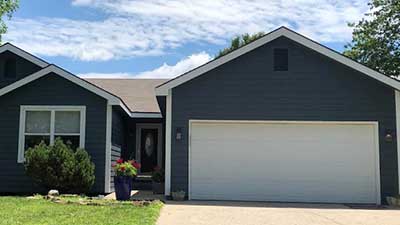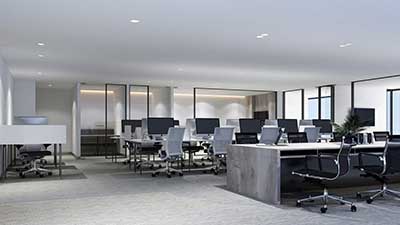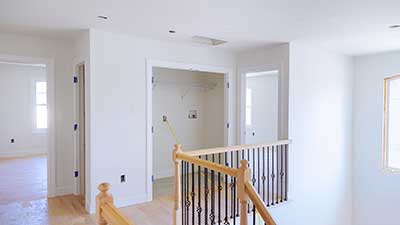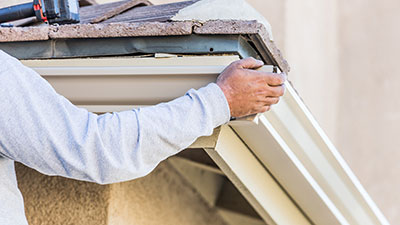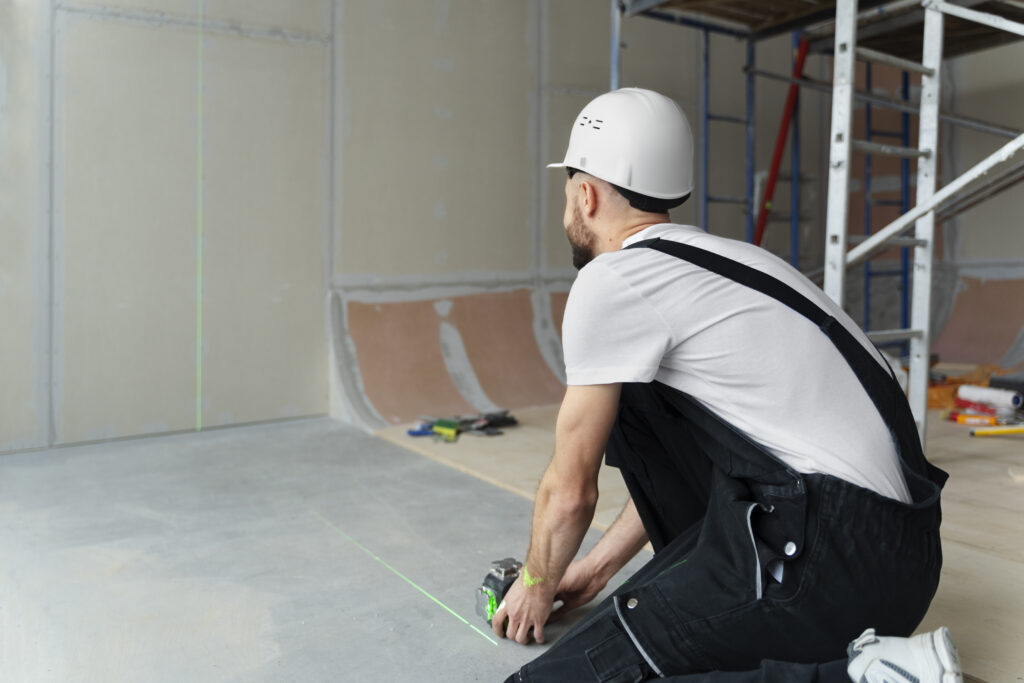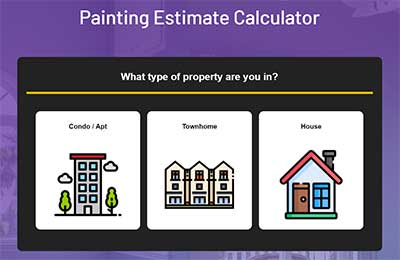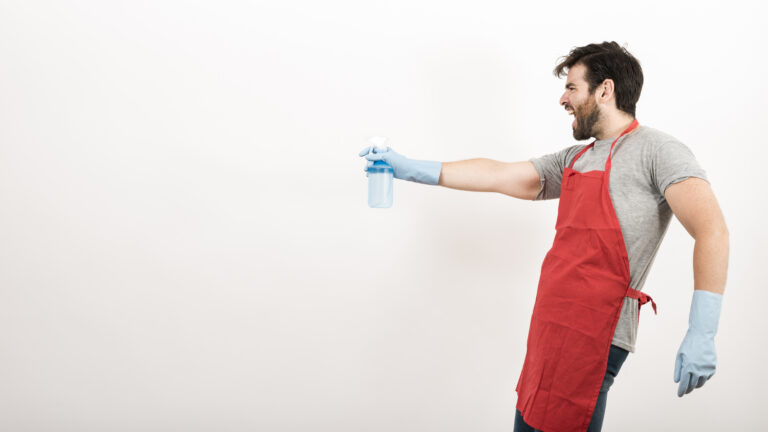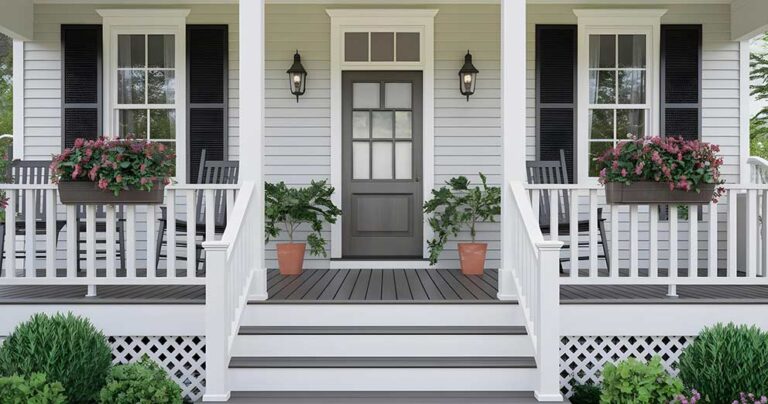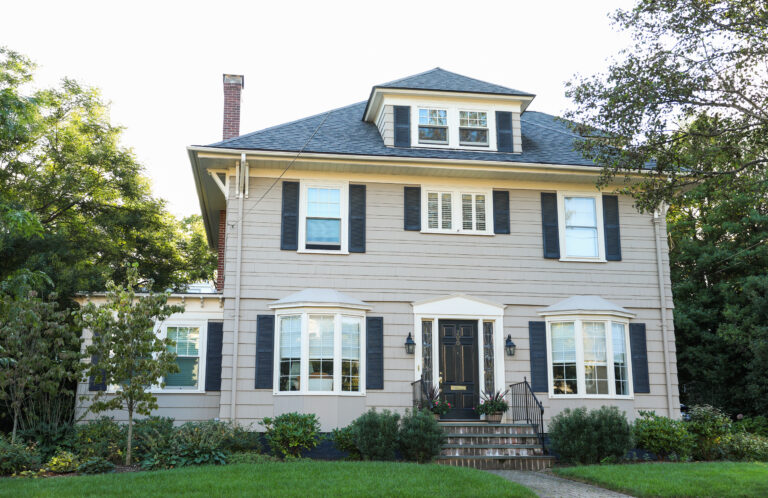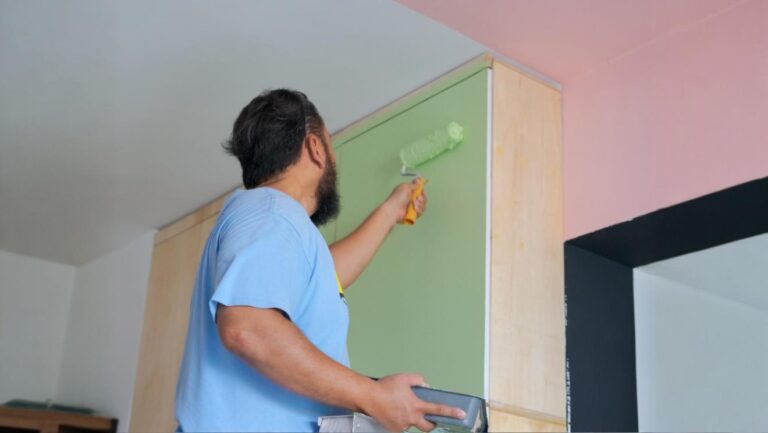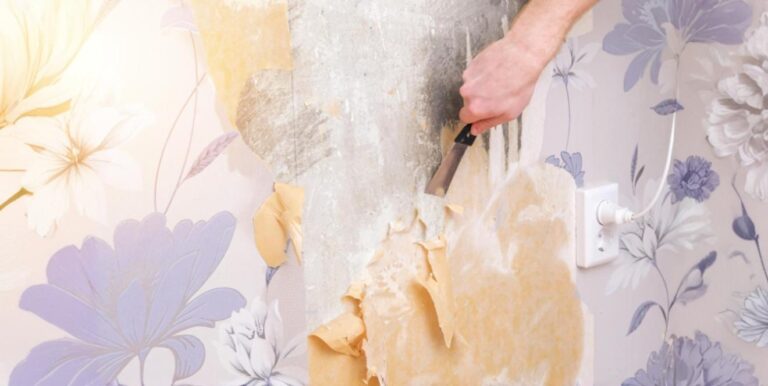Drywall finishing is the last step in the installation process and can greatly impact the appearance of walls and ceilings. Believe it or not, the final finish is what people notice the most. The smoother and more polished it looks, the better the room feels. So, understanding the different levels of drywall finish—from level 0 to level 5—is crucial. Each level has its own specific characteristics and uses, set out by the Gypsum Association’s standards. Choosing the right level of finish can make all the difference in the final look of your project.
Key Takeaways
- Drywall finish levels range from basic Level 0 to the premium Level 5, each suitable for different uses.
- Applying a thin skim coat ensures a smooth surface appearance for final painting.
- Using separate coats of joint compound helps achieve a seamless finish, especially in critical lighting conditions.
- Fiber reinforced gypsum panels offer enhanced durability and are ideal for areas prone to damage.
- Excess mud should be avoided to maintain a smooth finish on gypsum board.
- Spray equipment can efficiently apply joint compound, reducing labor time for drywall finishers.
What Are Drywall Finish Levels?
Drywall finish levels are a set of professional standards that define the process of finishing drywall. These levels, established by the Gypsum Association, guide both DIY enthusiasts and professional contractors in achieving a polished, professional look for walls and ceilings. While contractors might not always talk about levels by number, discussing the desired effect with your contractor can ensure you get the finish you want. Essentially, there are six levels (0-5), and each one involves different degrees of finishing, from no finishing at all to a perfectly smooth surface.
Level 0: No Finish
Level 0 is the starting point—no finishing is done at all. At this level, the drywall boards are simply hung on the walls or ceiling. There’s no tape, no joint compound, and no accessories. This level is typically used in temporary construction or areas where the final decoration hasn’t been determined yet. It’s the bare minimum, cost-effective option, perfect for spaces that are not going to be visible or need to be finished immediately.
Level 1: Joint Tape Embedded
Level 1 involves embedding joint tape in the joint compound at the seams. However, that’s where the finishing stops. This level is commonly used in smoke barriers and areas that aren’t open to public view, such as attics or service corridors. Excess joint compound and tool marks are acceptable at this stage since the area isn’t meant to look polished. It’s minimal finishing, but it’s practical for certain applications.
Level 2: Thin Coat Over Tape
At Level 2, a thin coat of joint compound is applied over the tape and screw holes. This level is often used in garages, storage areas, and workshops where the appearance isn’t a primary concern. The surface needs to be free of excess joint compound but doesn’t have to be perfectly smooth. Level 2 is a step up from Level 1, providing a bit more finish but still keeping it simple and practical for non-appearance areas.
Level 3: Medium to Heavy Texture
Level 3 adds another coat of joint compound over the tape and screws, making it suitable for medium to heavy textured finishes. At this stage, fastener heads are covered with multiple coats, and the surface should be smooth and free of tool marks. This level is commonly chosen by contractors because it’s a good balance between cost and appearance. However, you might still see the seams if you’re looking closely. It’s perfect for textured finishes like knockdown texture, which can hide imperfections well.
Level 4: Smooth and Sanded
Level 4 is what you’d consider a classic drywall finish. Here, you apply an additional coat of joint compound and sand the dried compound to smooth out the surface. This level is typically used when the surface will be painted with flat paints, light textures, or covered with wallpaper. Multiple coats are applied over flat joints and interior angles, and fasteners are covered with three coats of compound. The goal is to hide the tape seams and create a smooth surface that’s ready for final decoration. This level is often chosen for residential spaces where a smooth, polished look is desired.
Level 5: Skim Coat for Perfection
When it comes to drywall finishes, Level 5 is the pinnacle. This level involves applying a skim coat of joint compound over the entire surface, creating a mirror-smooth finish. It’s the go-to choice for areas that will be painted with glossy or non-textured flat paints, as well as spaces with critical lighting conditions that highlight every bump and depression. The process includes embedding tape in joint compound, applying two coats over flat joints, and one coat over interior angles. Fasteners are covered with three coats of compound. The final skim coat ensures a uniform surface that minimizes joint photographing and other imperfections. Methods for applying the skim coat include using a roller, a taping knife, or spray finish equipment. Level 5 is ideal for high-end finishes and offers the best possible result, but it comes at a premium cost.
Choosing the Right Level
Selecting the appropriate drywall finish level depends on various factors such as the intended use of the space, the desired appearance, and the budget. For instance, if you’re working on a garage or a storage area, a Level 2 finish might be sufficient and cost-effective. However, for living spaces like the living room or bedroom, Levels 4 and 5 provide a polished look that enhances the overall aesthetic. Contractors often choose Level 3 to save money, but this means you might still see the seams, especially under certain lighting conditions.
Considering how the space will be used is crucial. For areas where a smooth and flawless finish is necessary, like kitchens, bathrooms, or any place with a lot of natural light, opting for Level 4 or 5 is the best choice. On the other hand, in places where appearance is less critical, such as attics or utility rooms, lower levels are perfectly acceptable.
Conclusion
The level of drywall finish you choose significantly impacts the final look and feel of your space. From Level 0, where no finishing is done, to Level 5, which involves a perfect skim coat, each level has its own applications and benefits. By understanding these levels and their appropriate uses, you can make an informed decision that meets your aesthetic and functional needs. Remember, while higher levels of finish like Level 4 and 5 offer the best results, they also come at a higher cost. Consulting with a professional contractor, like those at OnDemand Painters, ensures you get the best advice and quality finish for your project.
FAQs
How many coats of joint compound are needed for a smooth wall design?
To achieve a smooth wall design, you’ll typically need three coats of joint compound.
What is the purpose of a thin skim coat in drywall finishing?
A thin skim coat is applied to improve the surface appearance and ensure a smooth finish before the final painting.
Can fiber reinforced gypsum panels be used with spray equipment for joint treatment?
Yes, fiber reinforced gypsum panels can be finished using spray equipment for efficient joint treatment.
Why are separate coats of joint compound important in critical lighting areas?
Separate coats of joint compound help reduce joint photographing, especially in critical lighting areas where imperfections are more visible.
What is the difference between wet and dry sanding?
The benefits of wet sanding include less dust and reducing the risk of damaging the wall, making it ideal for small patches and less experienced installers, though most professionals prefer dry sanding with a dustless sander.
